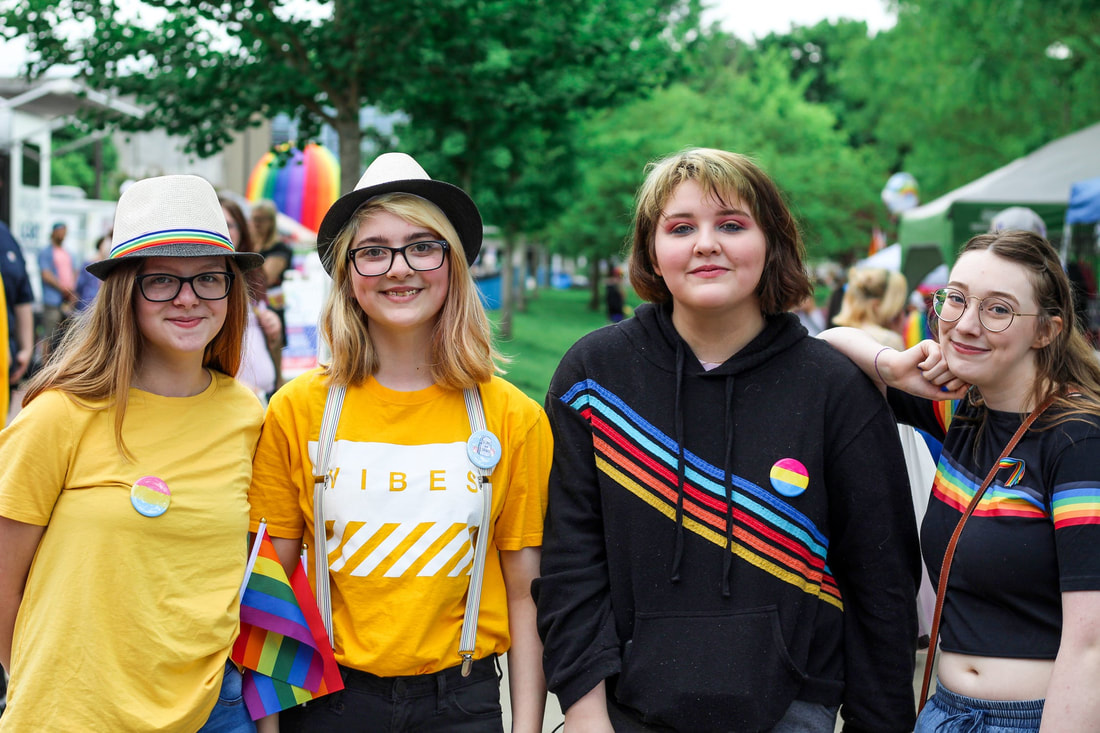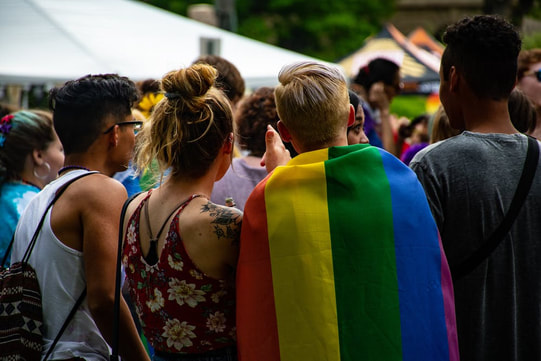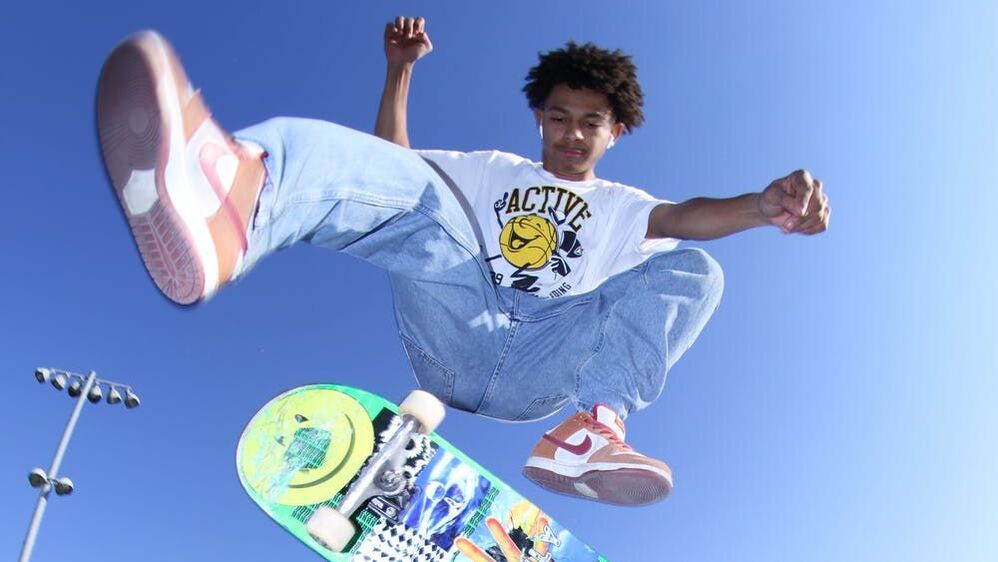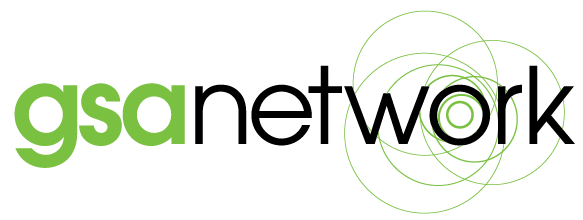"All students should be guaranteed an educational environment free from discrimination on the basis of sex, including discrimination in the form of sexual harassment, which encompasses sexual violence, and including discrimination on the basis of sexual orientation or gender identity."
- Executive Order signed by President Biden on March 8, 2021
Federal Policies that Protect and Support LGBTQIA+ Students
Title IXTitle IX prohibits sex-based discrimination in educational institutions that receive federal funding. This includes all K-12, pre-schools, colleges and universities that receive federal funding in the form of federal grants, contracts, or loans, or if a student receives financial aid through federal government programs.
Multiple courts have interpreted sex-based discrimination to include discrimination on the basis of sexual orientation, gender identity, and gender expression - protecting LGBTQIA+ students from discrimination and harassment in federal law. According to the Office for Civil Rights at the US Department of Education: “This includes allegations of individuals being harassed, disciplined in a discriminatory manner, excluded from, denied equal access to, or subjected to sex stereotyping in academic or extracurricular opportunities and other education programs or activities, denied the benefits of such programs or activities, or otherwise treated differently because of their sexual orientation or gender identity.” |
Meaning, Title IX overrides state law or school policy that conflicts with it.
In June 2022, the Biden Administration and the US Dept of Ed (USDE), on the 50th anniversary of Title IX, announced a Notice of Proposed Rulemaking (NPRM) to officially amend Title IX to incorporate and solidify the interpretation of Title IX as expressed in both Executive Order 14021 and the Dept of Ed’s official guidance. An NPRM is part of administrative law; it lets the public know that a governing agency wants to change or amend a rule or regulation and allows a 60 day period for members of the public to comment on the proposal and an additional 30 day period to respond to public comments before the proposal can get ratified into law. The proposed amendment does not need to go through Congress.
|
The portal for public comment is open until September 12, 2022; all members of the public can access the portal and leave a comment.
|
Once Title IX is officially amended, the Office of Civil Rights within the USDE will resume investigating violation complaints and holding schools accountable for upholding Title IX protections for all students in all states.
The 1st AmendmentThe 1st Amendment to the U.S. Constitution guarantees the right of free speech and peaceful assembly to all people, including students. In 1968, in Tinker v. Des Moines, the Supreme Court decided that students (and teachers) do not lose their First Amendment rights when they step onto school property, as long as they do not “substantially” interfere with the regular operation of the school. Thanks to the 1st Amendment, students have a right to be “out,” to speak their opinions about LGBTQIA+ issues, to have and participate in peaceful protests (such as a Day of Silence), to bring a “same-sex” date to the prom, and to dress/express themselves in a way that they feel best matches their gender identity.
|
Photo by Anete Lusina
|
The 14th AmendmentThe 14th Amendment of the U.S. Constitution includes the Equal Protection Clause, which states that “no State shall…deny to any person within its jurisdiction the equal protection within the laws.” This clause applies to “all persons born or naturalized in the United States.” The Equal Protection Clause protects all citizens and applies to public schools and universities. Therefore, public schools are legally obligated to protect LGBTQIA+ students on an equal basis as they protect other students.
|
Equal Access ActPassed into law in 1984 and initially lobbied for by Christian groups who wanted students to be able to participate in Bible study groups during lunch and after school, The Equal Access Act applies to all secondary schools that receive federal funding. It states that if a school allows for any student-led clubs to meet on school grounds during non-instructional time, then they must allow a GSA (Gender and Sexuality Alliance) club to exist, and they must treat all clubs equally.
|
Why it matters
*decrease in suicidal attemptswhen a youth can use their chosen name at home, school, work,
and with friends. * Journal of Adolescent Health |
*decrease in suicidal ideationwhen a transgender student's chosen name and gender pronouns are used.
* Journal of Adolescent Health |
*of transgender & nonbinary youthreport their health has been "poor" either most of the time or always during the pandemic, indicating increased vulnerability at this time.
*The Trevor Project |
QTPOC
|
Queer and Trans People of Color (QTPOC) are disproportionally affected when spaces they frequent - like school - aren't safe, affirming, or inclusive.
According to The Trevor Project's 2021 National Survey on LGBTQ+ Mental Health, "12% of white youth attempted suicide, compared to 31% of Native/indigenous youth, 21% of Black youth, 21% of multiracial youth, and 18% of Latinx youth, and 12% of Asian/Pacific Islander youth." Additionally, 47% of Black youth considered suicide along with 52% of Native/Indigenous youth, and 43% of Latinx youth. |
What you can do to help
Respect Names and PronounsIntroduce yourself using your name and pronouns, and in turn ask others for their names and pronouns.
|
Teach LGBTQIA+ HistoryWhile educational materials can lack LGBTQ+ inclusion, you can still discuss the LGBTQ+ individuals that shaped the fields you teach and discuss their contributions. Representation matters.
|
GSAsSupport or help implement your school's GSA, and work with a network of students and educators to make your school safer and affirming for youth.
|
Educator or student that needs support in your school?
Contact our Department of Education & Outreach
Additional Resources
How Teachers can be the allies we need in the classroom
National GSA Network
Using Title IX and Other Policies to Support and Affirm LGBTQIA+ Students
Great Lakes Equity Center
GLSEN Safe Space Kit
GLSEN
Fact Sheet on US Department of Education Policy Letter on Transgender Students
National Center for Transgender Equality
National Survey on LGBTQ Mental Health 2021
The Trevor Project
If you are a youth in crisis, feeling suicidal, or looking for a judgment-free space to talk, call:
The Trevor Project: 1-866-488-7386 or text START to 678-678
The Trans Lifeline: 1-877-565-8860
The Trevor Project: 1-866-488-7386 or text START to 678-678
The Trans Lifeline: 1-877-565-8860
















